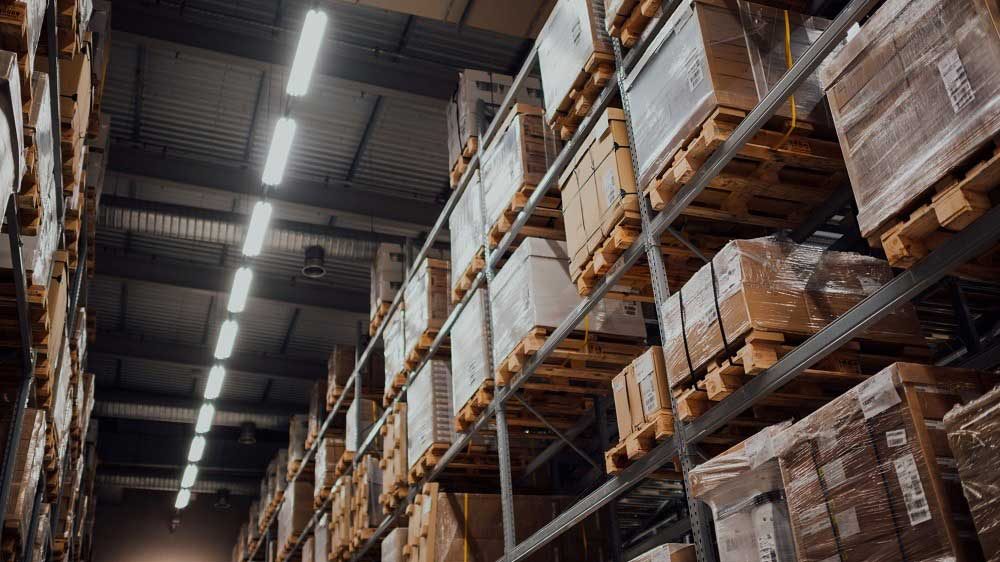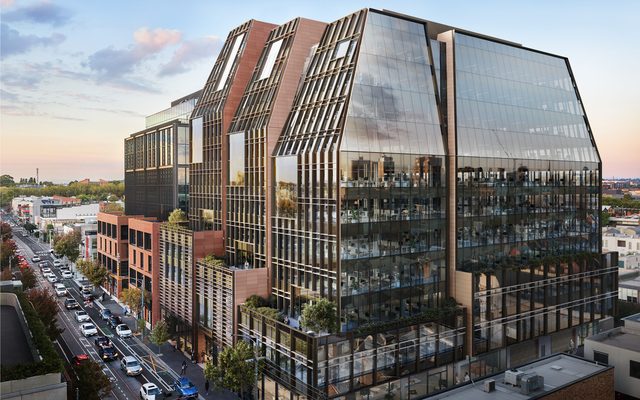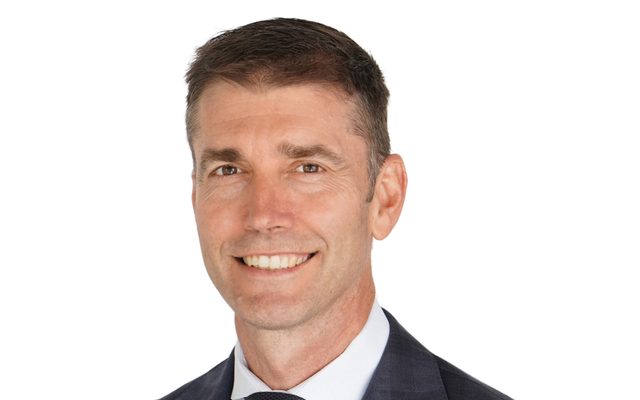This article is from the Australian Property Journal archive
INDUSTRIAL rents are surging at a rate of more than seven times their 15-year average, amid ongoing unprecedented demand that was kickstarted by COVID.
Savills’ Shed Briefing: Industrial Spotlight Report for the April quarter showed prime rents on the east coast have grown by nearly 40% over the past three years, and secondary rents by 45%, with some sub-markets experiencing growth above 50%, setting new benchmarks.
Owners are capturing the upside through market rent reversion and inflation-linked reviews.
Rents nationally have grown by up to 24% year-on-year while vacancy remains at a historic low.
Sydney prime net face rents are the highest across the nation reflecting growth of 36.4% over the year, following a 4.4% push in the March quarter, while Melbourne has been similarly strong, with rents growing on average 16.4% year-on-year and 3.3% early in 2023.
Brisbane grew 14% year-on-year and 2.8% in the March quarter, while Perth saw 15.3% average yearly rise and 5.3% quarterly. Adelaide rents rose 9.3%, but have stabilised following 5.2% growth in the September quarter.
“All of Australia’s major cities continue to see industrial rents pushed well above previous benchmarks,” says Katy Dean, national head of research at Savills.
“Combined with a very high level of demand relative to limited supply, we’re seeing not only record-low vacancy, but also a very high level of pre-commitment.”
Many REITs, such as Goodman Group, have reported occupancy rates of 99 to 100%, and an 80%-plus commitment rate on new projects. This is beginning to limit the amount of existing space for lease, with little to no availability for large mandates above 20,000 sqm in Sydney and Brisbane, according to the report. More pressure on the sector is coming from high pre-commitment rates and build times extending amid rising construction costs.
Dean said “it is hard to see industrial vacancy rates shifting in the short to medium-term” given the existing space occupied and such strong commitment on new projects.
A two-tiered land market is also emerging and growth in industrial land values is “at an inflection point”, triggered by the rapid rise in rates during the last half of 2022. Markets on the east coast have averaged annual growth rates for small lots of between 16 and 20%, but the pace of this growth has slowed with most showing no change over the last three quarters.
Prices for small lots in some of Sydney sub-markets – which carry an average premium of nearly two times more than Melbourne and Brisbane – began to fall late last year, to 2.3%, compared to its peak of 67% in the June quarter. In Melbourne, small lots land values grew 7.0% year-on-year, down from 44.3% in the March quarter of 2022. Brisbane has seen 18.5% growth year-on-year for small lot values
Sydney sites of between one to five hectares have averaged circa 25% growth.
“The pricing shift also reflects what buyers are willing to pay for sites suited to multi-level development, compared to those suited to traditional single level,” the report said.
South Australian land values have surged by 45.1%, and Perth values are up 13.4%.
Prime yields have also increased in response to higher financing costs, with secondary yields moving at a more gradual pace on the east coast due to reversionary upside, the report said. Rent surges have helped to offset yield expansion, however that there has been some repricing in response to higher interest rates and historically higher inflation.
Although the bid-ask spread between purchaser and vendor has limited deal activity and caused yields to soften in the second half of 2022 – a trend that has followed into the March quarter, investment activity could improve amid signs that rates have peaked.
Sydney’s prime yields have increased by 25 basis points quarter-on-quarter, with secondary yields totalling 12.5 basis points on average. Melbourne experienced an increase in both prime and secondary yields by 12.5 basis points quarter-on-quarter. On a blended basis, prime net face rents are up 3.3% quarter-on-quarter (16.4% year-on-year), with secondary up 4.2% quarter-on-quarter and 18.7% on average year-on-year.
Meanwhile Adelaide’s shortage of ready to occupy stock has driven strong rental increases across the city’s industrial and logistics market and a range of speculative development projects.
According to CBRE’s Q1 Industrial & Logistics Figures report, a mere 0.8% of Adelaide’s existing industrial stock was vacant at the end of 2022, pushing up rents.
Annual growth to the end of the first quarter in super prime face rents was at 14.9%, with prime rents at 24.4% and secondary rents at 17.5%.
“The continued low vacancy in South Australia is driving rental growth across our industrial sector. Our leasing market is currently in a transition period, where we are observing developers command higher economic rental rates for new-builds to make a development feasibility stack up,” said Jordan Kies, director of industrial & logistics at CBRE.
“As tenant demand for quality stock continues, overlayed with our historically low vacancy rate, such higher economic rental rates will – and are starting to become – the ‘new norm’.”
Industrial rents are rising across the country, with national prime existing industrial rents grow by 24.8%, the strongest annual growth seen in 34 years, according to JLL.
While 60% of Adelaide’s 88,451sqm supply pipeline for 2023 already absorbed through tenant pre-commitments, the Adelaide industrial market’s lack of new supply is especially apparent in warehouses sized between 2,000 and 7,000sqm.
“Groups that are willing to ‘spec build’ have been the major beneficiaries, as occupiers tend to lean towards facilities that are nearing completion,” added Kies.
The majority of development activity is currently centred on Adelaide’s northern precincts, due to their excellent connectivity to major road infrastructure and Port Adelaide, as well as the Osborne Naval precincts for current and future Defence projects.
“Secondary stock, particularly in core locations such as Port Adelaide, Wingfield, Regency Park and Gillman have also seen a significant uptick in rents, almost by default, given the low vacancy rate and limited number of spec builds nearing completion,” concluded Kies.




